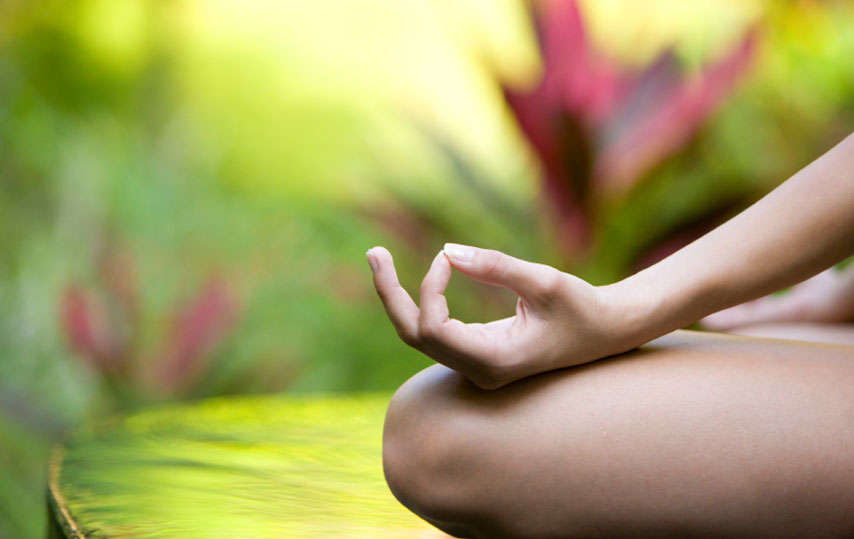
Being an Ashtanga Vinyasa Yoga practitioner for nearly nine years and teaching for nearly seven years, five at our retreat centre in central Portugal, I have been hearing the phrase “I had an assist and my back, knee, hip, shoulder and many other body parts have not been the same since”.
This article is not aimed at making anybody feel like they are being criticised but rather to make us all aware that as hands on teachers we have a great responsibility to ensure that we know the body and its capabilities that we are working with.
What does this mean exactly? Surely they want me to show them the limitations their body has?
The first thing to become aware of here is that most people have an imbalance between strength and flexibility, meaning a strong person is tighter than a flexible person, so the assist has to reflect this. A person that has poor strength is more likely to become injured when being assisted due to the extra pressure on the joints, were as if you have a stronger body to work with then the nervous system will simply not allow you to go any Bouncy Castle further with your assist, usually, but unfortunately even these people are becoming injured as the assists get more and more forceful, then the nervous system begins to take away any progress that was made as the practitioner begins to move backwards due to the experience of the assist. Of course there is times when you can take a person a little deeper into a posture and this has to be based largely on the amount of heat they have managed to build up through correct bandha’s and breath and movement.
What it has become
What we are seeing more and more of are our teachers holding two people’s feet at the same time while looking across the class at someone else, which in my eyes is missing the point of an assist completely and allowing the assist to become one of ego. What should an assist be?

What should an assist be?
When giving an assist, it is important to remember that everything is connected and when you assist another person deeper into a posture, then you have to be present. This means listening to the breath of the person receiving the assist and understanding that you are now energetically connected to this person and your thoughts and actions have a huge impact upon the posture. We should be providing a little opposition for the practitioner and allow them to guide themselves deeper into the posture. Finding this opposition in all of the postures can be a challenge for the teacher as abilities vary, but if you are 100% in the posture with them, then you will have no problem at all and most importantly, neither will the practitioner. Let us guide people into postures that bring comfort and not what I like to call turbulence, when the body is shaking it is a clear indication that the gross nervous system is not comfortable in that position.
If we can all develop hands that heal and not break, then we can make a difference.


















 Other
Other